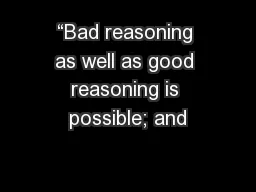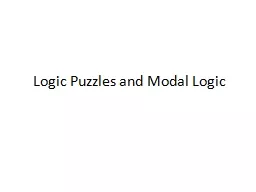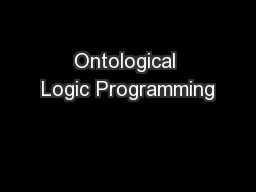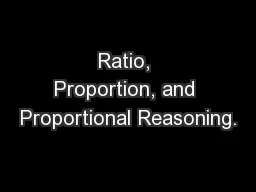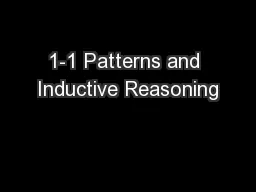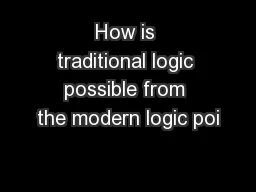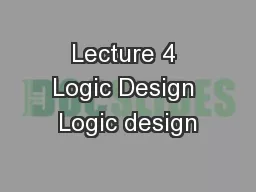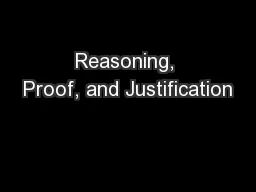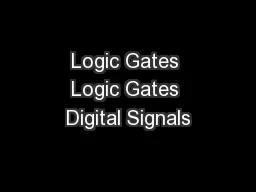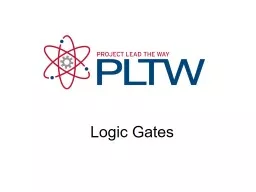PPT-Review Session II Logic and Reasoning
Author : tawny-fly | Published Date : 2020-01-14
Review Session II Logic and Reasoning John likes any food Peanuts can be eaten Anything eaten is food Prove John likes peanuts f oodx gt likes Johnx eatablepeanuts
Presentation Embed Code
Download Presentation
Download Presentation The PPT/PDF document "Review Session II Logic and Reasoning" is the property of its rightful owner. Permission is granted to download and print the materials on this website for personal, non-commercial use only, and to display it on your personal computer provided you do not modify the materials and that you retain all copyright notices contained in the materials. By downloading content from our website, you accept the terms of this agreement.
Review Session II Logic and Reasoning: Transcript
Download Rules Of Document
"Review Session II Logic and Reasoning"The content belongs to its owner. You may download and print it for personal use, without modification, and keep all copyright notices. By downloading, you agree to these terms.
Related Documents



